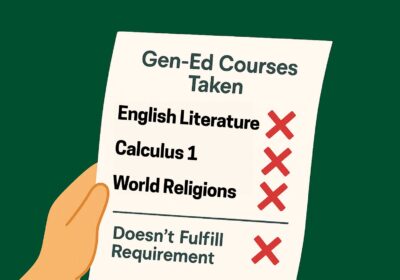A half day of Spanish is full of benefits
For the past four years, some Pinellas County public schools have used an interesting technique to educate elementary school students: they teach the first half of the school day in English and the second in Spanish. This approach teaches students a new skill that is best learned at a young age and promotes tolerance as well.
According to Bay News 9, the most recent school on board with the program is Dunedin Elementary School, which has begun using Spanish immersion in its kindergarten classes. Two other schools in Pinellas are participating as well.
Some will predictably make a nationalist argument against the technique, arguing that schools in the U.S. should not force their elementary students to learn a foreign language.
But students in the U.S. are not required to learn any subject. One could fail all their classes until they’re allowed to drop out without any legal penalty.
Nevertheless, everyone can agree that graduating high school and learning basic skills like math, writing or a second language can certainly help in the skilled work force that exists in the U.S.
One important aspect of Spanish lessons is that they facilitate grammar learning that can be quite handy come time for the Florida Comprehensive Assessment Test (FCAT), which Florida public school students must pass to earn a diploma.
USF students who hope to obtain a bachelor’s of arts degree, are required to take two foreign language classes. In light of this, fundamentals should be learned early on as they can be of great benefit in school and the work force.
Perhaps the most important advantage of the technique is the interaction among students.
As native Spanish- and English-speaking students learn each other’s language, they will be able to better communicate through a combination of both languages, sometimes referred to as “Spanglish.”
This will certainly help students learn both languages better, but will also have an even more important effect.
According to 2009 census figures, there are 48.4 million Hispanics in the U.S. With Spanish becoming a second language, this number is expected to grow. In 2050, nearly 1 in 3 Americans are estimated to be of Hispanic origin and non-Hispanic whites will decrease from 72 percent to 53 percent.
This is troublesome as anti-immigration and anti-Hispanic sentiments seem to grow.
The interaction between elementary school students learning each other’s language may lead to new friendships that never would have been made otherwise and a subsequent increase of tolerance toward different populations.
Tolerance is an important trait that needs to be taught early, especially considering the diversification that’s rapidly defining the U.S. population.
Pinellas County teachers have already expressed how the change has positively affected standardized test scores, but the benefits are even more far-reaching and promising.
Other counties should consider the benefits of what Pinellas has done for its students by employing the new technique in the classroom.
Justin Rivera is a senior majoring in history.







